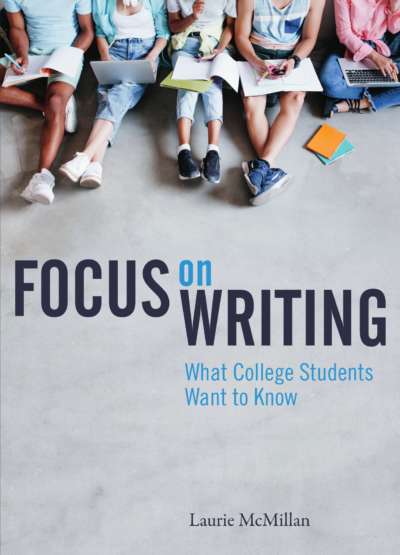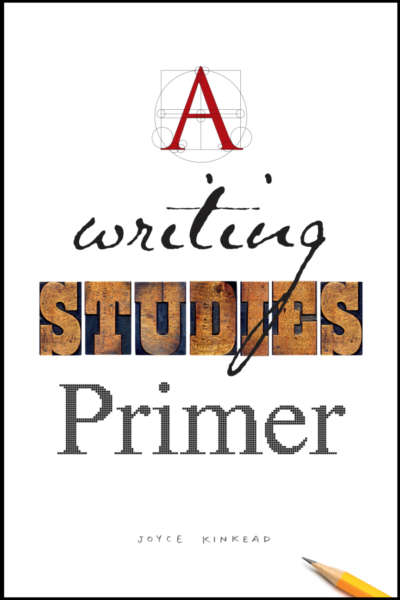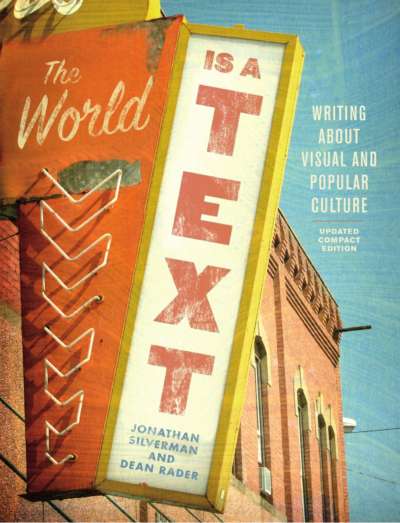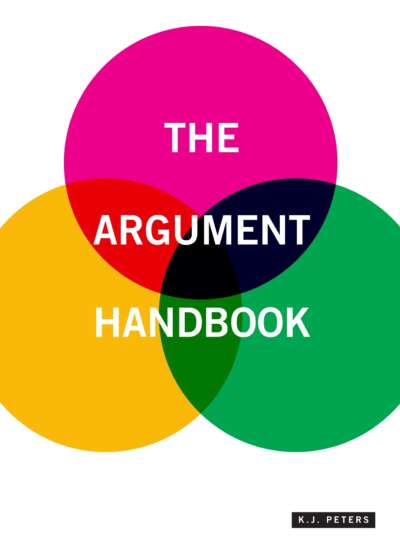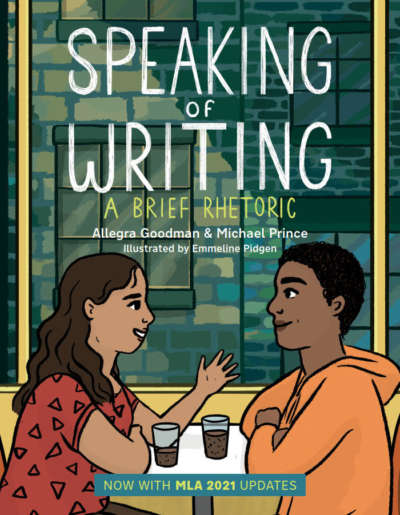Drawing on the pedagogy, rhetorical theory, and student editor insights of The Argument Handbook, The Argument Toolbox is a very concise resource designed to help writing and composition students build persuasive arguments in various genres. Like the more comprehensive text, The Argument Toolbox is organized and designed so that students can zero in on the content they need to respond to an assignment when faced with a blank screen, a hard deadline, and a skeptical audience.
Comments
“The Argument Toolbox provides easy access to the most valuable tools found throughout The Argument Handbook. Those tools include the three helpful lenses for viewing arguments—invention, audience, and authority—as well as the boxed sets of step-by-step instructions for helping students apply rhetorical concepts for persuasively composing their arguments in multiple genres of writing. The more compact Argument Toolbox also preserves the flexible modular organization of the Handbook, thus allowing instructors a wide range of pedagogical options and offering students an abundance of composition resources ready to hand.” — Steven Mailloux, Professor Emeritus, University of California, Irvine
“Building on his prior work with classical argument theory, here K.J. Peters provides a compact, well-organized, and student-friendly guide to demystifying academic argument forms with the aid of rhetorical concepts. The ‘toolbox’ image in the book’s title emphasizes its practicality, which I admire!” — Patricia Bizzell, Distinguished Professor of English Emerita, College of the Holy Cross
Preface
Chapter 1 Building Arguments: An Introduction
- Module I-1: Argument Defined
- Module I-2: Invention and Research: How Will You Find Ideas and Evidence?
- Module I-3: What You Need to Know about Writing in Universities and Colleges
Chapter 2 Inventing and Researching Arguments
- Module II-1: Elements of Effective Invention
- Module II-2: Invention Strategies
- Module II-3: Using Research to Find and Develop Ideas
- Module II-4: Using Databases and Search Engines
- Module II-5: Organizing Your Research
- Module II-6: How Do I Evaluate Sources?
- Module II-7: Avoiding Plagiarism
- Module II-8: Integrating Sources Authoritatively
Chapter 3 Orienting Arguments
- Module III-1: Rhetorical Situation Defined
- Module III-2: Audience Defined
- Module III-3: Analyzing an Audience
- Module III-4: Using Appeals, Media, and Conventions to Influence Your Audience
Chapter 4 Framing Arguments
- Module IV-1: Framing Your Subject
- Module IV-2: Primary and Secondary Stasis Questions
- Module IV-3: Building an Argument Using Stasis Questions
Chapter 5 Shaping Arguments
- Module V-1: What Audiences Expect of a State-the-Facts Argument
- Module V-2: A State-the-Facts Genre: Research Paper
- Module V-3: What Audiences Expect of a Definition Argument
- Module V-4: A Definition Genre: Research Paper
- Module V-5: What Audiences Expect of a Causal Argument
- Module V-6: A Causal Argument Genre: Research Paper
- Module V-7: What Audiences Expect of an Analysis and Evaluation
- Module V-8: An Analysis and Evaluation Genre: Review of a Cultural Event
- Module V-9: What Audiences Expect of a Proposal
- Module V-10: A Proposal Genre: Position Paper
Chapter 6 Polishing Arguments
- Module VI-1: Logical Fallacies Defined
- Module VI-2: Awkwardness and Flow Defined
- Module VI-3: Using Visuals in Your Argument
- Module VI-4: Using Design Conventions in Your Argument
- Module VI-5: Proofreading Your Argument
Chapter 7 Documentation
- Module VII-1: MLA Style for In-Text Citations
- Module VII-2: MLA List of Works Cited
- Module VII-3: APA Style for In-Text Citations
- Module VII-4: APA List of References
Permissions Acknowledgments
Index
K.J. Peters is Professor of English at Loyola Marymount University. He has 15 years of experience directing first-year writing programs and training graduate students, instructors, and professors of many disciplines in composition pedagogy and rhetorical theory.


